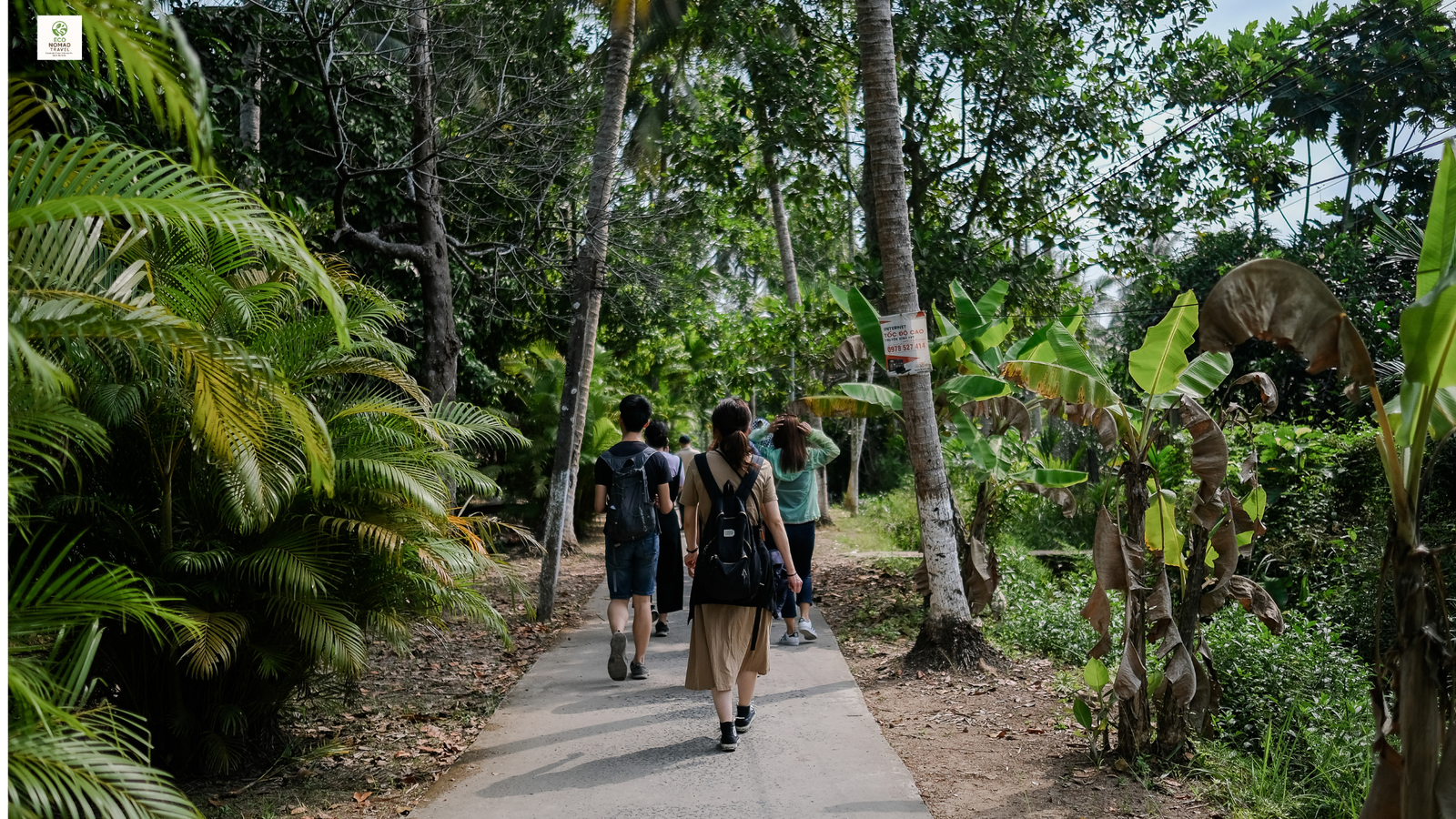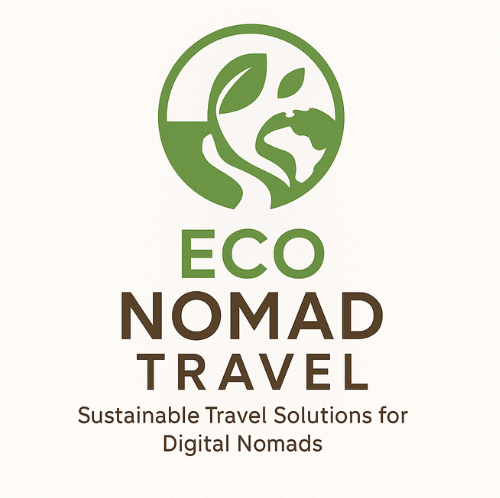
Eco Travel Places 2025: Your Complete Guide to the World’s Most Sustainable Destinations
Focus keyphrase: eco travel places
Choosing the right eco travel places reduces your footprint, supports resilient communities, and preserves wild beauty. This deep dive blends destination detail with rail-first planning, zero-waste packing, and community-based tourism—so you can travel lighter without sacrificing adventure.
Disclosure: these are affiliate links; we may earn a commission at no extra cost to you.
Quick Navigate
- Copenhagen • Ljubljana • Madeira • Stockholm Archipelago
- Banff • Osaka • Algiers • El Nido • Petra • Osa Peninsula
- Planning • Food & Community • Itineraries • Tech • Advanced • Resilience
Top 10 Eco Travel Places (Deep Detail)
1) Copenhagen, Denmark
Copenhagen’s swimmable harbor baths, supercycle highways, and district heating make it a model low-impact capital. The magic is practical: you bike to the metro, hop a frequent train, and arrive downtown, clean and calm. That frictionless experience is why “rail-first” trips actually work here.
Plan smarter with our Green Travel Guide 2025 and daily habits in Low-Impact Travel Habits.
2) Ljubljana, Slovenia
Ljubljana’s car-free center, riverside promenades, and nearby Alpine trains make slow travel easy. Base in the old town and rail to Triglav National Park; return for local markets and small family-run eateries.
Cross-reference our Sustainable Travel Guide and Workation Cities Without a Car.
3) Madeira, Portugal
Hydro and wind power, Laurisilva forests, and a culture that values the land. Hike levadas at sunrise, bus the ridgelines, and avoid convoy tourism by staggering start times. Ferries and efficient buses make car-free stays totally doable.
Compare modes with Train vs Plane Emissions 2025.
4) Stockholm Archipelago, Sweden
Thirty thousand islands, many reachable via public ferries (including electric/bio-LNG routes). Cabins with solar, sea-kayak routes, and excellent signage make it a blueprint for nature-first recreation.
Pair with Sustainable Digital Nomad Lifestyle.
5) Banff National Park, Canada
Banff’s seasonal shuttles, wildlife crossings, and crowd management show how iconic parks can stay healthy. Base along bus routes; ride out early; bring a collapsible container for farm-fresh picnics with no waste.
Adventure ideas in Sustainable Adventures.
6) Osaka, Japan
Hyper-reliable rail, rooftop farms, and world-class food. With Kyoto and Nara next door, you’ll run most of your trip on trains and feet. Many hotels now have clear recycling and energy-saving programs—look for transparency over buzzwords.
Explore more in Top Nomad Destinations 2025.
7) Algiers, Algeria
UNESCO-listed Casbah, a metro that simplifies movement, and an emerging renewable build-out. It’s a frontier eco stop: go respectfully, hire local guides, and support artisans preserving traditional crafts.
Read foundational Eco-Friendly Travel Tips.
8) El Nido, Philippines
Plastic bans, reef-safe enforcement, and eco-certified island hopping are turning El Nido into a model for tropical stewardship. Stay longer (7–10 days) to amortize the flight and spend on local conservation-minded operators.
Bring compliant care: Reef-Safe Sunscreen Guide.
9) Petra, Jordan
Visitor caps, electric shuttles, and careful water management keep this wonder resilient. Dawn entries make for quieter, cooler visits; spend patiently with Bedouin artisans and licensed eco-guides.
10) Osa Peninsula, Costa Rica
Solar-powered lodges, rainwater systems, and sea-turtle nights—Osa is biodiversity with guardrails. Choose community-run stays, hire naturalist guides, and keep hikes on marked trails.
Pack smarter with the Zero-Waste Packing List 2025.
Planning Your Eco Adventure
Under ~800 km, fast rail often beats air door-to-door. Overnight sleepers bundle transport + lodging. Offsets are last: avoid → reduce → replace → offset. See How to Book European Sleepers and Night Trains for Eco Nomads.
Affiliate disclosure: we may earn a commission at no extra cost to you.
Food, Culture & Community
Plant-forward, seasonal menus cut food-miles and packaging. Carry reusables for street food, hire local guides, and choose long-term conservation projects. Learn more: Sustainable Travel Tips for Eco Nomads.
Suggested Itineraries You Can Copy
- EuroRail Eco Loop (2–3 weeks): Copenhagen → Stockholm + Archipelago → sleeper south to Ljubljana (Triglav day-trips) → optional Madeira.
- Asia Pacific Slow Adventure (3–4 weeks): Osaka ↔ Kyoto/Nara by rail → single flight to El Nido (7–10 days) → optional Petra en route home.
- Americas Green Circuit (3–4 weeks): Vancouver → Banff via VIA Rail → US West Coast rail hops → Osa (long stay).
Travel Tech & Tools for Low Impact
Advanced Tips for Hardcore Eco Travelers
- Batch uploads over Wi-Fi, offline maps/media, solar for remote days.
- Repairable, artisan souvenirs over mass-made trinkets.
Resilience & Risk
Insurance that covers rail disruptions, refundable backups for critical connections, and a compact first-aid kit prevent wasteful detours. Framework: Carbon-Neutral Travel Guide 2025.
Some links on this page are affiliate; we may earn a commission at no extra cost to you.

